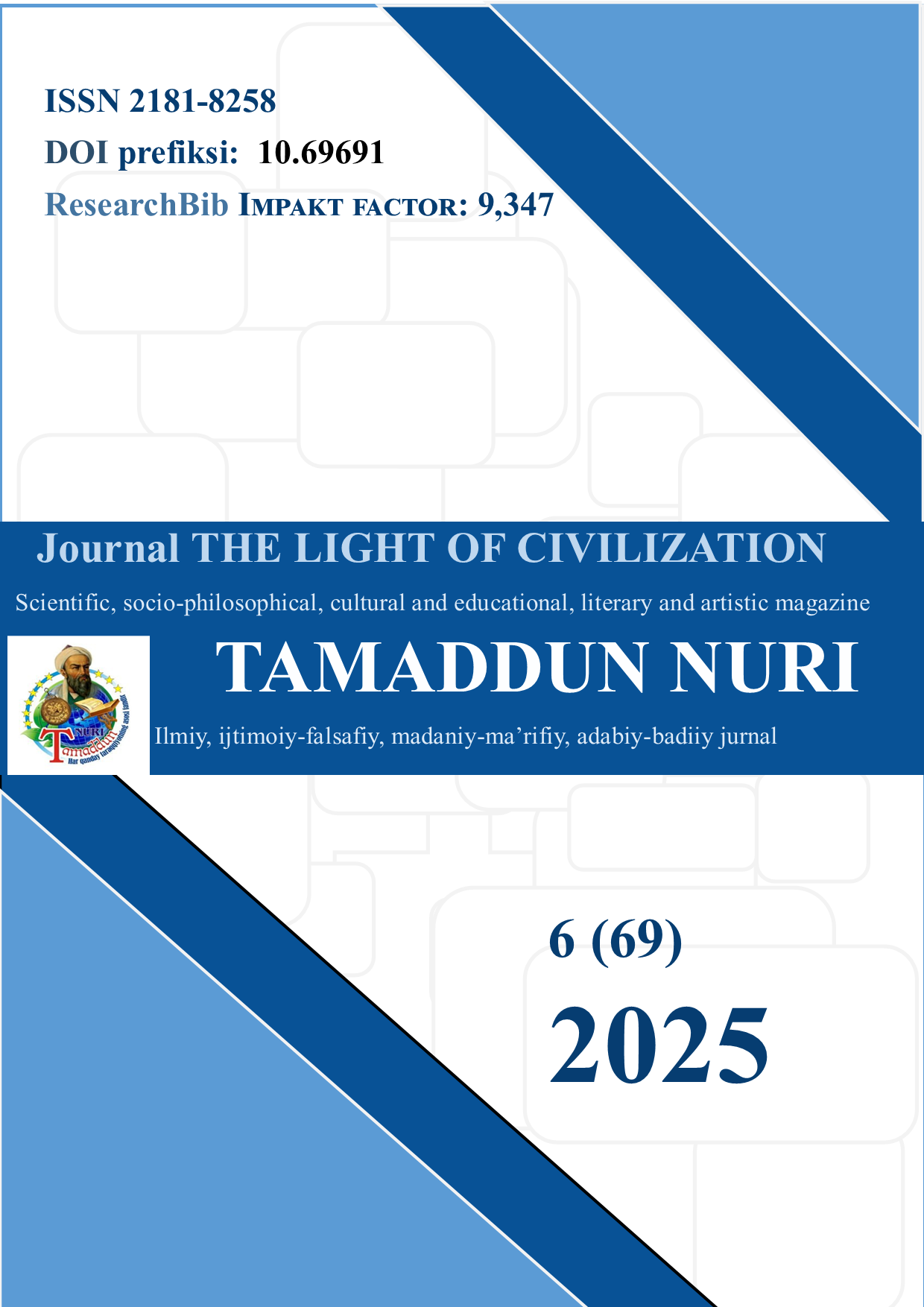FORMATION OF PROFESSIONAL COMPETENCE OF STUDENTS IN AN INNOVATIVE EDUCATIONAL ENVIRONMENT
DOI:
https://doi.org/10.69691/cf8k6d34Keywords:
Innovative education, professional competence, pedagogical technologies, project-based learning, interactive methods, creative thinking, digital resources, labor market.Abstract
This article analyzes the role of an innovative educational environment in the formation of students' professional competence. The importance of introducing innovative approaches in the higher education system in the conditions of the modern labor market is considered, in particular, the need to develop not only theoretical knowledge, but also practical skills, creative thinking and problem-solving abilities in students. The article highlights the mechanisms for increasing students' professional competence through the use of innovative pedagogical technologies, project-based learning, interactive methods and digital resources.
References
Alimova, D. (2021). "Innovatsion ta'lim muhitini shakllantirishda loyihaviy yondashuvning ahamiyati". Oliy ta'lim muassasalari axborotnomasi, № 3, 78-83-betlar.
Davlatov, A. (2022). "Talabalarda tanqidiy fikrlashni rivojlantirishning pedagogik shart-sharoitlari". Pedagogik mahorat jurnali, № 1, 45-50-betlar.
Ergashev, S. (2020). "Kasbiy kompetensiyaning nazariy asoslari va shakllanish bosqichlari". Ta'lim va innovatsiya, № 4, 112-117-betlar.
Saidov, B. (2021). "Zamonaviy ta'lim texnologiyalaridan foydalanish orqali talabalar amaliy ko'nikmalarini oshirish". Ilm sarchashmalari, № 2, 88-93-betlar.
Ahmedov, L. (2019). "Oliy ta'limda raqamli kompetensiyalarni rivojlantirish masalalari". Zamonaviy ta'lim, № 5, 60-65-betlar.
Downloads
Published
Issue
Section
License
Copyright (c) 2025 Journal of Tamaddun Nuri

This work is licensed under a Creative Commons Attribution-NoDerivatives 4.0 International License.



